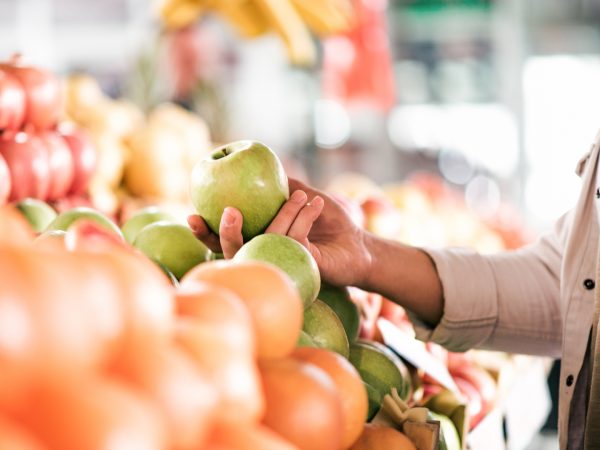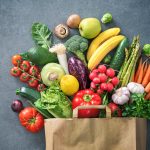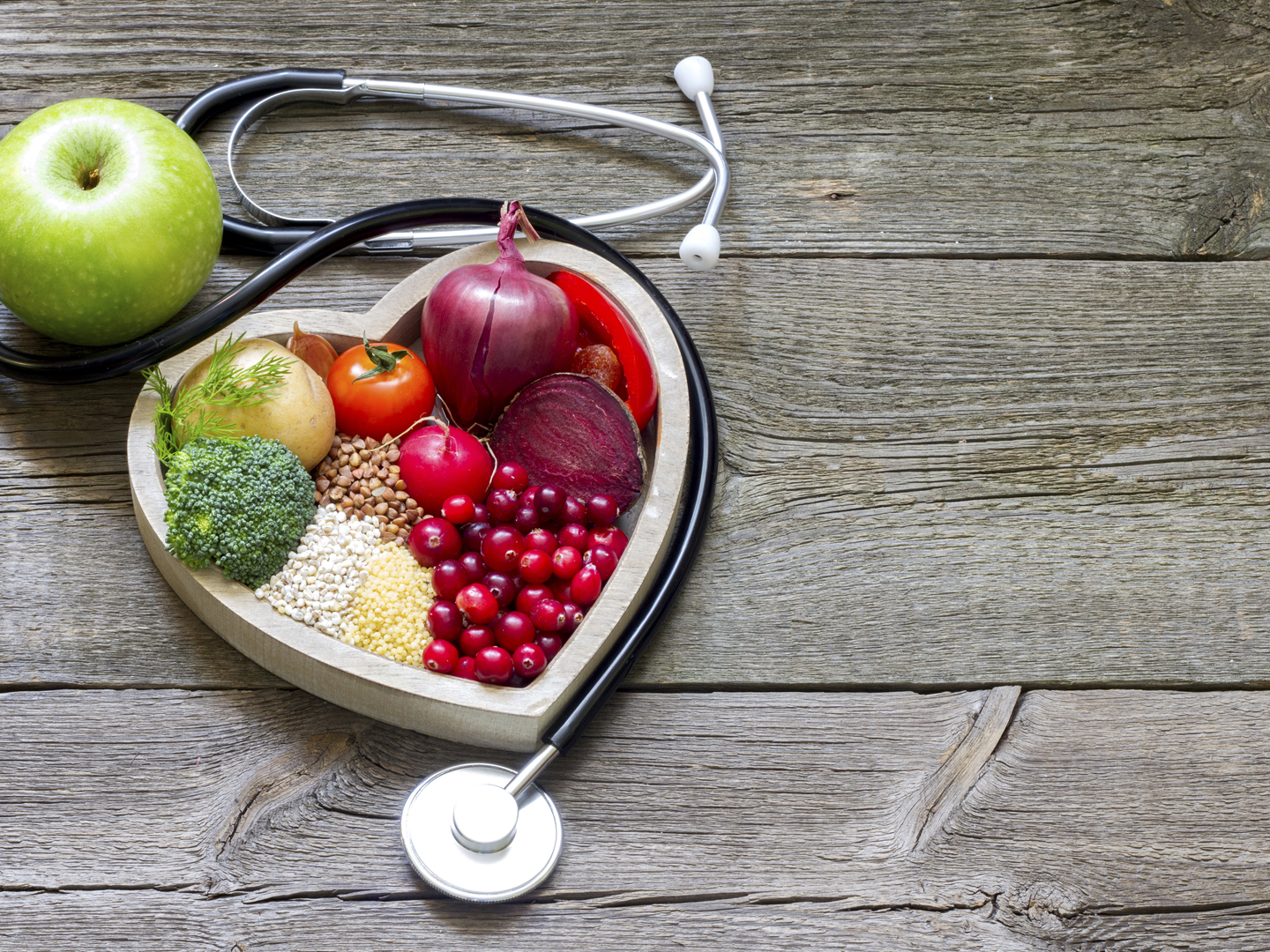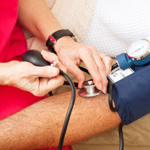Foods To Prevent Stroke?
I understand new research has identified foods that are linked to a lower risk of stroke. Can you tell me what they are?
Andrew Weil, M.D. | April 23, 2020

A study from the UK that investigated dietary habits among 418,329 people in nine European countries determined which foods were linked to lower risks of both ischemic and hemorrhagic strokes. Most strokes are ischemic, occurring when the blood supply is cut off to part of the brain due to atherosclerosis or a clot. Hemorrhagic strokes are less common, constituting about 15 percent of all strokes. These are caused by a ruptured blood vessel, interrupting normal blood flow.
The new research found that higher intakes of fiber from fruit, vegetables, cereal, legumes, nuts and seeds were linked to a lower risk of ischemic stroke but not to a lower risk of hemorrhagic stroke. Every additional 10 grams (about 0.35 ounces) of fiber consumed daily was associated with a 23 percent lower risk of ischemic stroke. Greater consumption of eggs was linked to a higher risk of hemorrhagic stroke; for every extra 20 grams of eggs eaten daily, the risk of hemorrhagic stroke increased by 25 percent. (An average, large egg weighs about 60 grams, a little more than two ounces.)
On the bright side, they also found that 200 grams (a little more than seven ounces) of fruit and vegetables eaten daily was associated with a 13 percent lower risk of ischemic stroke. No foods were linked to a statistically significant higher risk of ischemic strokes.
Study participants provided information about their diets, lifestyle, medical history, and socio-demographic factors by completing questionnaires. The researchers then followed the participants for an average of 12.7 years. During that time, 4,281 suffered ischemic strokes and 1,430 had hemorrhagic strokes.
Study first author Tammy Tong, a nutritional epidemiologist at the University of Oxford, wrote that the most important finding was the strong association of higher consumption of both dietary fiber and fruit and vegetables with lower risk of ischemic stroke.
According to the U.S. Centers for Disease Control and Prevention (CDC), someone in the U.S. has a stroke every 40 seconds, and every four minutes someone in this country dies from a stroke. That adds up to 795,000 strokes per year and 140,000 stroke deaths. The leading risk factors are high blood pressure, high cholesterol, smoking, obesity and diabetes. The CDC reports that one in three U.S. adults has at least one of these health problems.
The new research from the UK on foods and stroke risk is not surprising. I think you’ll find that you can meet the goals it sets by following my anti-inflammatory diet. And here’s where you can learn about my views on egg consumption.
Andrew Weil, M.D.
Source:
Tammy Y.N. Tong et al, “The associations of major foods and fibre with risks of ischaemic and haemorrhagic stroke: a prospective study of 418 329 participants in the EPIC cohort across nine European countries”. European Heart Journal, 2020; DOI: 10.1093/eurheartj/ehaa007












